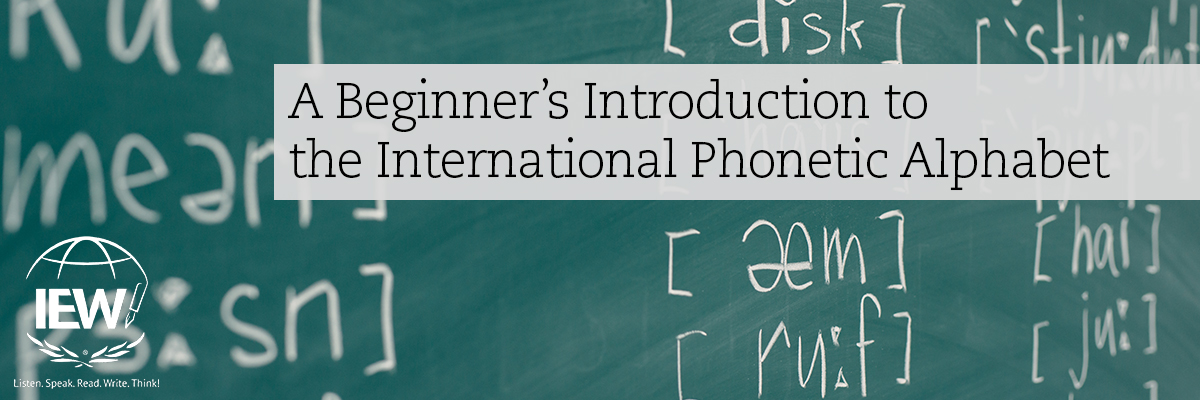
kæn juː riːd ðɪs
If you have not heard of the International Phonetic Alphabet (IPA), then the above characters likely look extremely odd. If you don’t know what they say, you can find out at the end of the post. What these symbols represent are the individual phonemes in a word. The English language is extremely complex. Because English has a deep orthography, multiple graphemes can represent the same sound. Often this happens because of the word’s etymology, or family history. For example, the sound /m/ can be spelled <m> as in “man,” <mm> as in “summit,” <mb> as in “thumb,” <mn> as in “autumn,” and <lm> as in “calm.” Not only that, but the same grapheme can represent more than one sound, for example, the letter c, which says /k/ in “cat” and /s/ in “cent.”
Part of the difficulty with English is that the alphabet has only twenty-six letters that need to account for the roughly forty-four phonemes that occur in spoken English. That means that letters need to come together in combinations to account for the sounds that aren’t represented by a single letter, for example, <th>, <sh>, and <ch>. Another part of the difficulty is that English truly is a melting pot of word origins. The grammatical structure for the language is of Germanic origin, but the predominance of the words, approximately 60 percent, come from Latin and Greek origins. The remaining words hail from various other places, and these origins affect spellings. Either way, it makes reading and spelling tricky, especially for English language learners and students with learning disabilities.
This brings us to the International Phonetic Alphabet, IPA for short. Formed by a group of linguists back in the late 1800s, the International Phonetic Association set its sights on promoting the science behind phonetics. With that aim in mind, it created the IPA, a collection of symbols that represent the individual phonemes of the world’s spoken languages. Currently there are more than 160 symbols in the alphabet, but not all of them are used in American English, which as mentioned above has roughly forty-four phonemes. As more languages and phonemes are discovered and added, the number of symbols grows. As such, the alphabet is never static but is always evolving.
Notably, because words are translated according to their phonemes, even the same word may be written differently in IPA due to various regional accents. For example, consider the word “lobster.” A native Maine fisherman likely will pronounce that word quite differently from a native Kansan. As such, the IPA symbols that represent each pronunciation would differ.
You might wonder who actually works with this alphabet. Primarily it is used by linguists who appreciate the fact that for each symbol there is a single sound. This makes it easy for people to replicate the pronunciation for a word written in IPA regardless of where in the world it is encountered. Additionally teachers, educational scientists, and speech language pathologists use the alphabet. Foreign language learners, whether English or otherwise, also find the alphabet to be useful to help them decode the language they are learning. For that matter, singers who perform music in other languages leverage the IPA to help them understand the nuances of pronunciation. Even writers who wish to invent a language for their novels utilize it. And while not every dictionary includes the IPA, more and more do.
If you’re curious about IPA, you can learn more about this intriguing alphabet by visiting the organization’s website. While it is a chewy subject, it really will help you consider how the sounds in our language are connected to their representative spellings.
Answer: kæn juː riːd ðɪs = Can you read this?
|
Jennifer Mauser has always loved reading and writing and received a B.A. in English from the University of Kansas in 1991. Once she and her husband had children, they decided to homeschool, and she put all her training to use in the home. In addition to homeschooling her children, Jennifer teaches IEW classes out of her home, coaches budding writers via email, and tutors students who struggle with dyslexia. |

